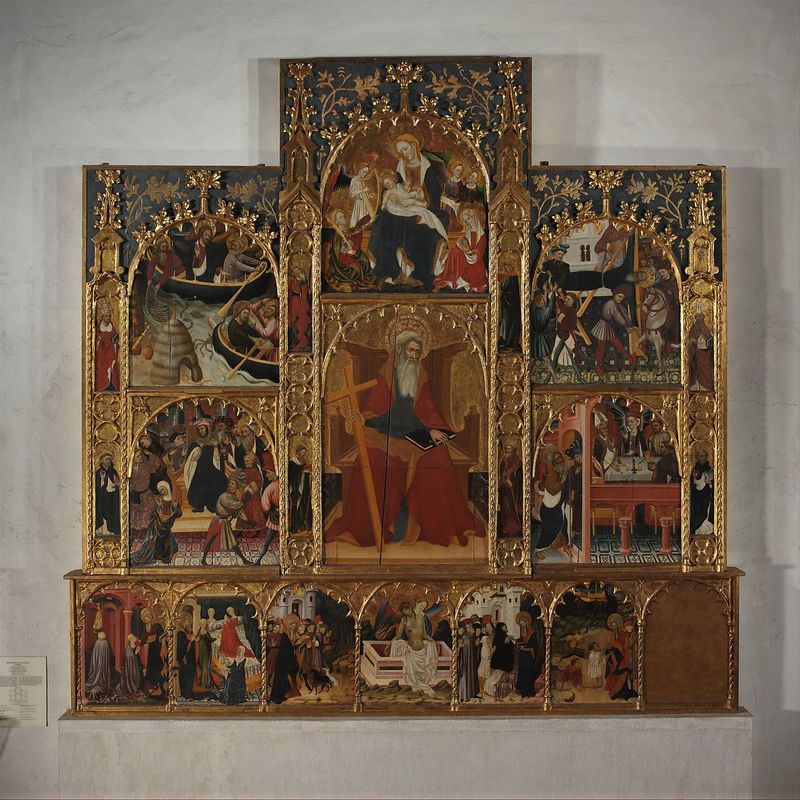In Cathedrals
The linking of relics and reliquaries to cathedrals occurs in a few different ways. The first is the acquisition of the graves of the martyrs through the construction of elaborate shrines at such sites. In the early Western church, bishops possessed a mass of wealth which needed to be spent carefully as to not elicit jealousy in the people or be viewed as a flaunting of said wealth. The solution to this problem was found at the increasingly popular graves of the martyrs. Where the presence of shrines would only increase the numbers of people visiting and encourage ceremonial connection to the saints. Through the direction of a great deal of money to shrines for early saints, the institution of the church’s greatly encouraged the cult of the saints in number and practice, just as the cult inspired the actions of the church.
Through the direction of a great deal of money to shrines for early saints, the institution of the church’s greatly encouraged the cult of the saints in number and practice, just as the cult inspired the actions of the church. These entities encouraged one another and solidified the cult of the saints as the foremost expression of Christian faith in the middle ages. The practices and concept of the cult had been linked to the authority of the church, despite any detractors it had. Reliquaries also came to reside in cathedrals, becoming objects greatly desired by leaders in the church. The presence of reliquaries at a parish provided a physical manifestation of the holy and an inspiration for laity, many of whom would embark on pilgrimages to such reliquaries and shrines. Along with this, the process of trading reliquaries was common, and the translation of them allowed for integration into the occurrences at various religious sites and churches.
